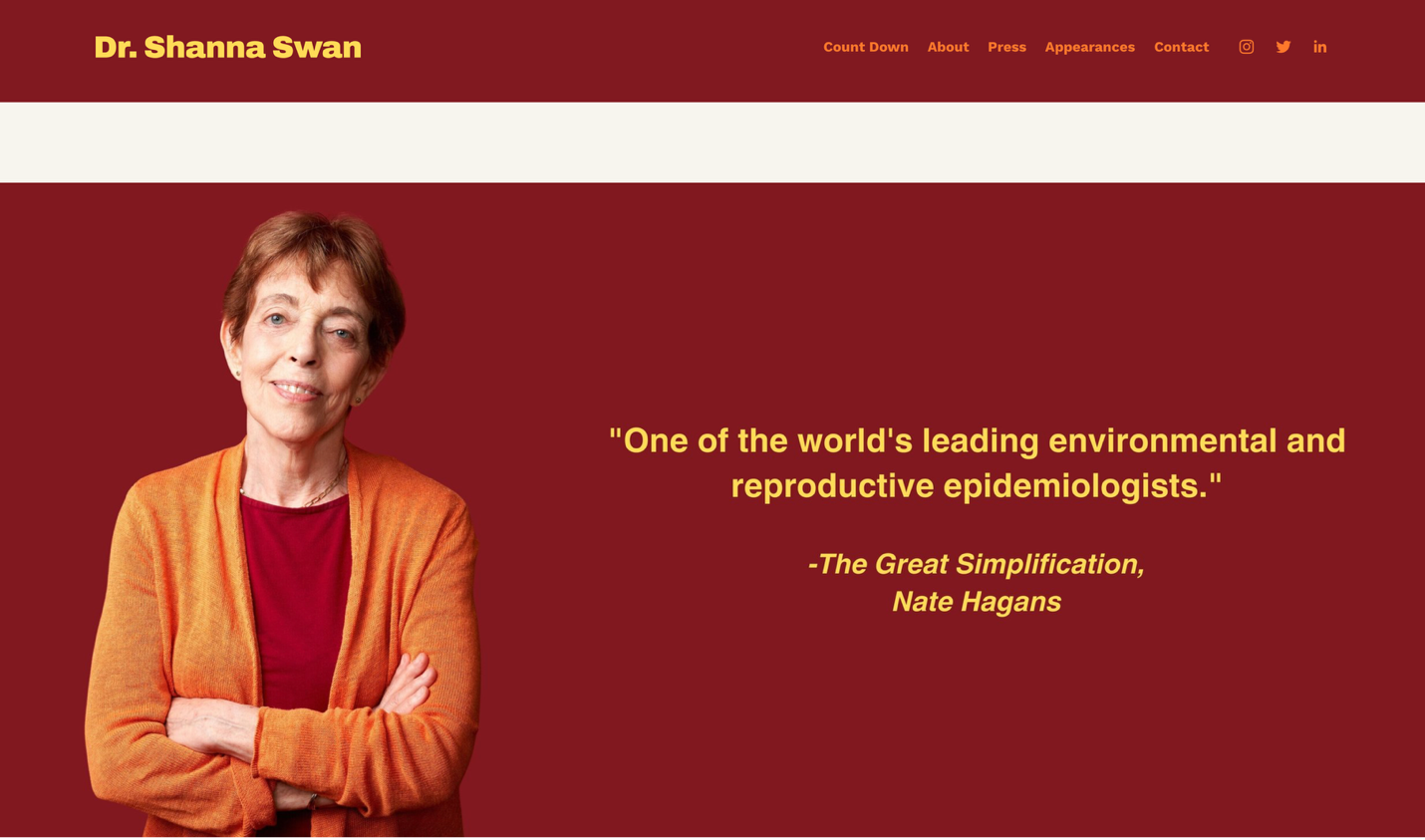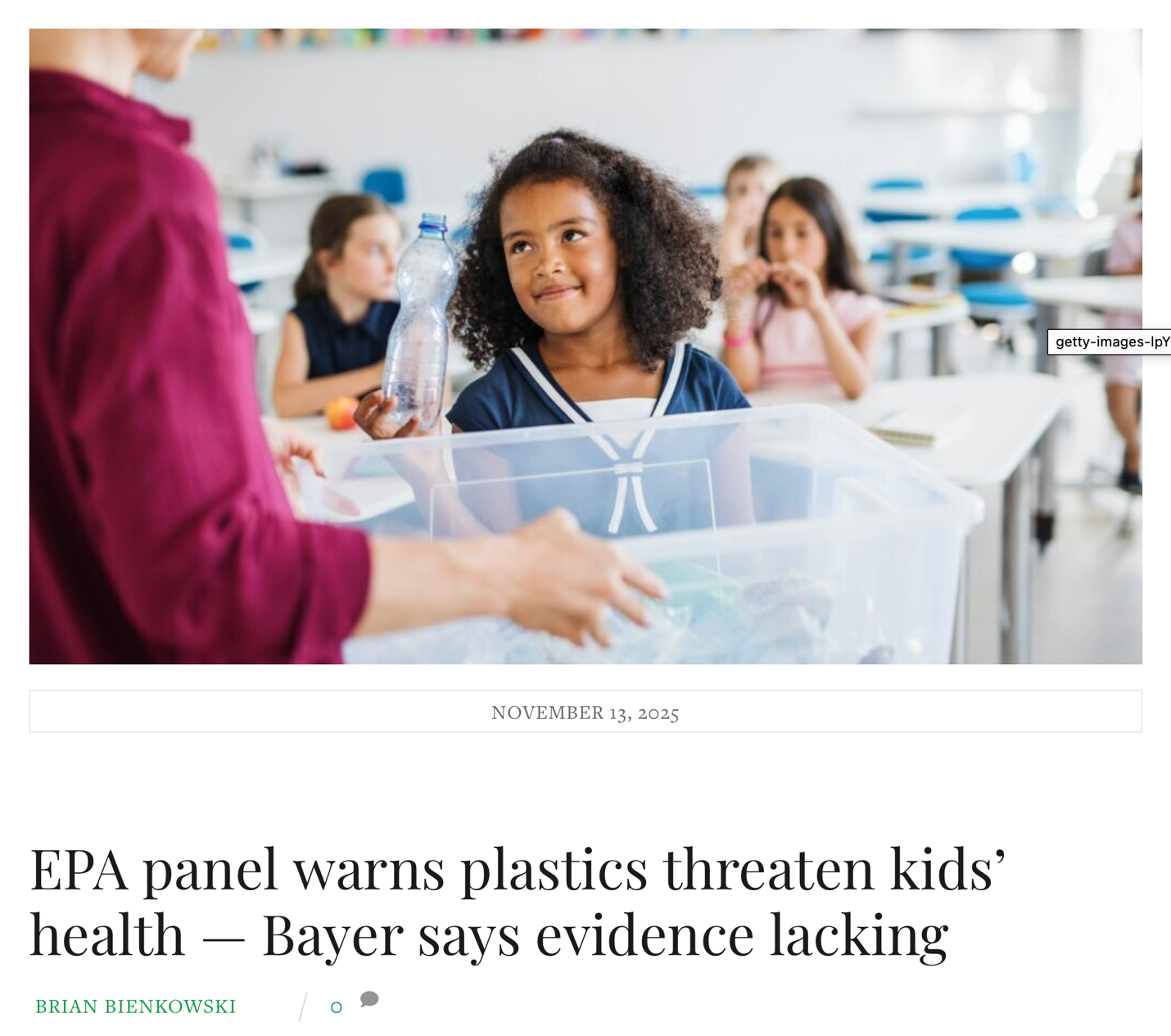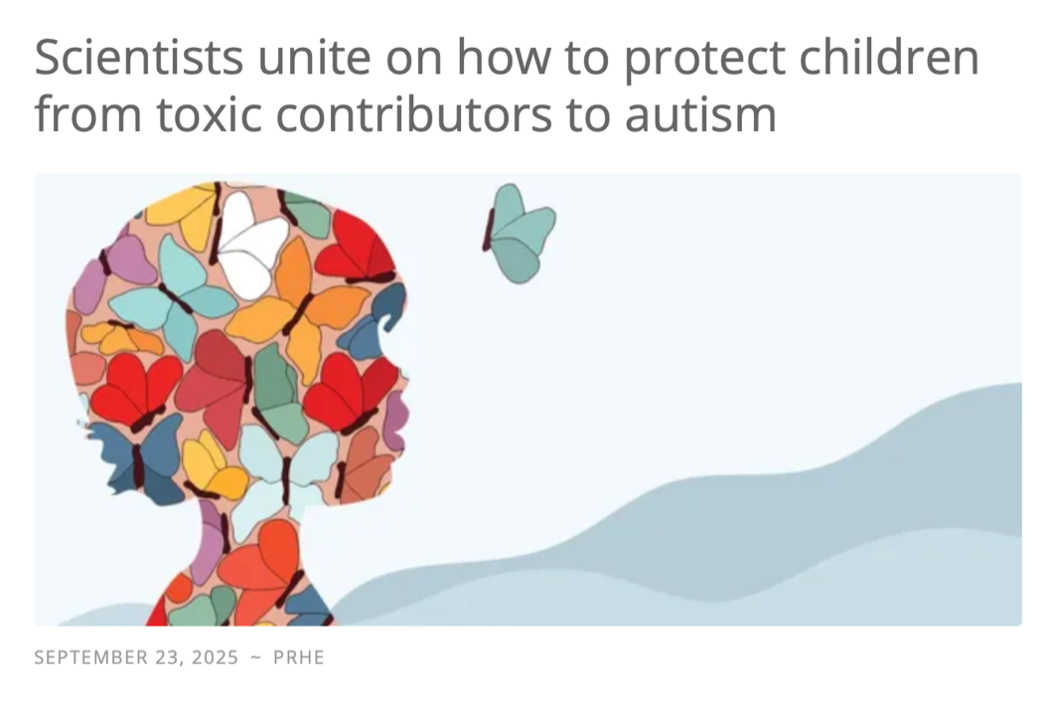I have recently enrolled in a Master's in Public Health at Benedictine University, where I teach. This seems a logical next step because I realize that my approach to environmental chemicals is one of prevention, rooted in the premises of Public Health. By far my favorite definition of Public Health is from Geoffrey Vickers: “The landmarks of political, economic, and social history are the moments when some condition passed from the category of the given into the category of the intolerable…. The history of public health might well be written as a record of successive re-definings of the unacceptable” (Turnock, 2012, p. 11). As striking as the accomplishments of Public Health are those not yet on the list, still to be tackled in the future. It is not surprising at all that infectious diseases were the first enemy of public health to be conquered. Modern people can scarcely imagine the impact of infectious diseases before vaccines and antibiotic, among the greatest gifts of modernity. It is astonishing how many people are anti-vaccine without considering the enormous percentage of young children who died of infectious diseases before vaccines were common. On the other hand, it is possible, and should be considered, that routine vaccinations may cause other challenges; it is an improvement that now most vaccines given to children are thimerosal free, for instance (CDC, 2010). Mercury is xenobiotic and should never be in human bodies if it can be helped. There is always a risk that solving one problem may introduce others, though it can be hoped it will be a lesser problem.
There is a trend in these triumphs of public health, from population-wide infectious disease, to lifestyle advice addressing problems like smoking and STDs, to finer points of mental and physical health. I predict that the next biggest trend in Public Health will be Environmental Public Health. Many environmental problems that now profoundly affect human health are a result of solutions to other problems. Lead poisoning in children, for instance, is a result of the formulation of useful products like paint and gasoline, solving some problems while creating another, quite serious in its impact on children. Lead was known from ancient times to be toxic to humans, but still, it was widely used with little thought to the health consequences. In 1961, as a result of the increased poisoning of children in Chicago, public health officials began surveying the problem. But in 1987, deaths from lead poisoning were still reported (Turnock, 2012, p. 35). Just this year, another child in Minnesota died of lead poisoning from ingesting a metal charm that contained very high levels of lead (Minnesota Department of Health, 2013). Another item on the lists of public health accomplishments stands out to me because my own child died as a result of it. Mosquito spraying was initiated first to address polio in 1952, and then continued to prevent other infectious disease, like various kinds of encephalitis. Unfortunately, by 1995-2000, very little publicity was given to this spraying, with very little oversight of what Clarke Environmental was spraying in the Chicago area. In our suburb, they were spraying chlorpyrifos, an acutely toxic organophosphate that is among pesticides linked to doubled rates of leukemia in children (Zahm & Ward, 1998; Infante-Rivard & Weichenthal 2007). With no notification of spraying, the chemical came right in our windows, making us all ill, though it was only after my daughter Katherine’s last-chance bone marrow transplant that we pieced together the likely reasons for her diagnosis and relapses. It may seem like a small result of a previous public health effort, but it is not an unimportant one if it is your child who dies. It also may seem that only a small number of children are affected, but that may also not be the case. There is good reason to believe that a large portion of the 10,400 children diagnosed with cancer each year, as well as the 1,545 who die (NCI 2008), might not have died were it not for environmental exposures. Epidemiological research ties many of these cancers to environmental exposures like pesticides, and rates of many cancers have increased markedly, which would be unlikely if there were not an environmental cause. The problem is one of accounting for and tracking disease. Encephalitis cases are clearly attributed to mosquito bites, while the deaths from the chemicals used for mosquito spraying, though linked epidemiologically, are not so easily counted.
In sum, what is important is that we never stop reexamining assumptions and marking out the next most important thing to be made unacceptable, as Vickers argued many years ago.
References
Center for Disease Control (CDC). (2010). Thimerosal. Vaccine safety. Atlanta: Center for Disease Control (CDC). Retrieved from http://www.cdc.gov/vaccinesafety/concerns/thimerosal/.
Infante-Rivard, C. & Weichenthal, S. (2007). Pesticides and childhood cancer: An update of Zahm and Ward’s 1998 review. Journal of Toxicological Environmental Health, Part B, 10, 81-99.
Minnesota Department of Health. (2013). Lead poisoning prevention: Child dies of lead poisoning from metal charm. Minnesota Department of Health. Retrieved from http://www.health.state.mn.us/divs/eh/lead/topics/braceletrecall.html
National Cancer Institute (NCI). (2008). Childhood cancers. National Cancer Institute Fact Sheet. Retrieved from http://www.cancer.gov/cancertopics/factsheet/Sites-Types/childhood
Turnock, B.J. (2012). Public health: What it is and how it works. Burlington, MA: Jones and Bartlett Learning.
Zahm, S.H. & Ward, M. (1998). Pesticides and childhood cancer. Environmental Health Perspectives Suppl, 106, 893.











